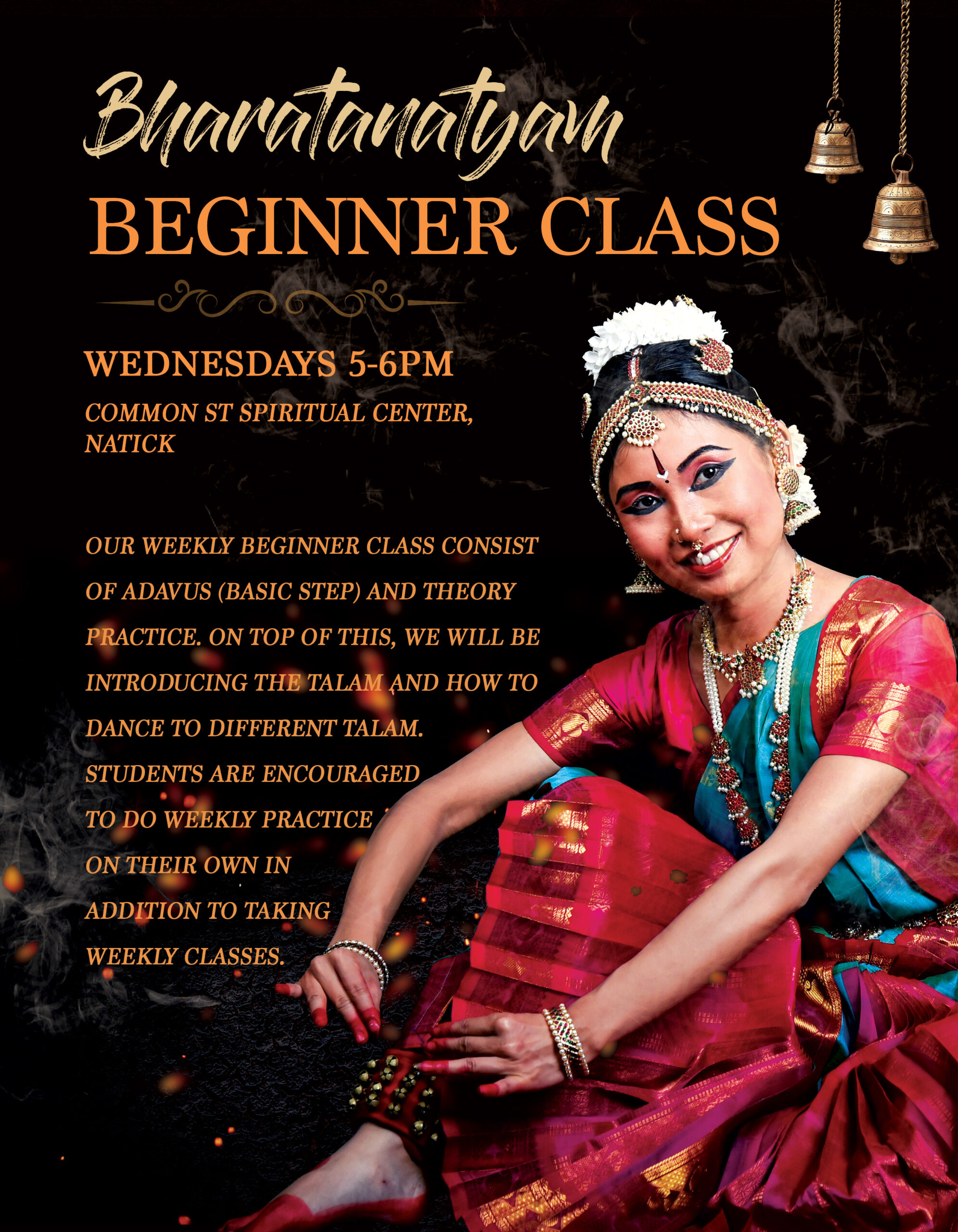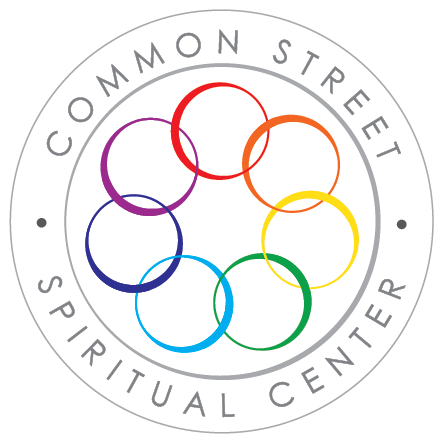
- This event has passed.
Bharatanatyam for beginners (Adult batch)

Register here: https://forms.gle/GhxY7zRtcxG9gxLo8
Bharatanatyam is a classical Indian dance form originated from the Hindu temples in the southern state of Tamil Nadu in India. It is a 3000 years old dance form. It is one of the oldest classical dance tradition in India.
Bharatanatyam word was derived by joining two Sanskrit words: ’Natyam’ meaning dance and ’Bharata’ which is a mnemonic containing ’Bha’ (bhava/emotions), ‘Ra’ (raga/melody), and ‘Ta’ (tala/rhythm). Thus the term Bharatanatyam means a dance that expresses Bhava, Raga, and Tala.
Overview of Bharatanatyam Training in the Kalakshetra Style
1. Introduction to Bharatanatyam and Kalakshetra Bani:
* History and Evolution: Provide a brief history of Bharatanatyam and the development of the Kalakshetra style.
* Unique Characteristics: Highlight the distinctive features of the Kalakshetra style, such as its emphasis on geometric precision, grace, and aesthetic beauty.
2. Body Conditioning and Flexibility Training:
* Warm-up Exercises: Begin with stretches and exercises to enhance flexibility and prepare the body for rigorous practice.
* Strength Training: Focus on building core strength, leg strength, and stamina.
3. Adavus (Basic Steps):
* Fundamental Adavus: Introduce basic adavus, explaining each step with detailed instructions.
* Practice and Repetition: Emphasize the importance of repetition to perfect each movement.
* Progression: Gradually increase the complexity of the adavus as students build proficiency.
4. Hasta Mudras (Hand Gestures):
* Introduction to Mudras: Teach the basic hasta mudras used in Bharatanatyam.
* Usage and Significance: Explain the significance of each mudra and its application in dance.
5. Abhinaya (Facial Expressions):
* Storytelling: Teach how to convey emotions and stories through abhinaya.
6. Integration of Theory:
* Dance Terminology: Educate students on the theoretical aspects of Bharatanatyam, including terminology and concepts.
* Cultural Context: Provide context on the cultural and spiritual significance of the dance form.
